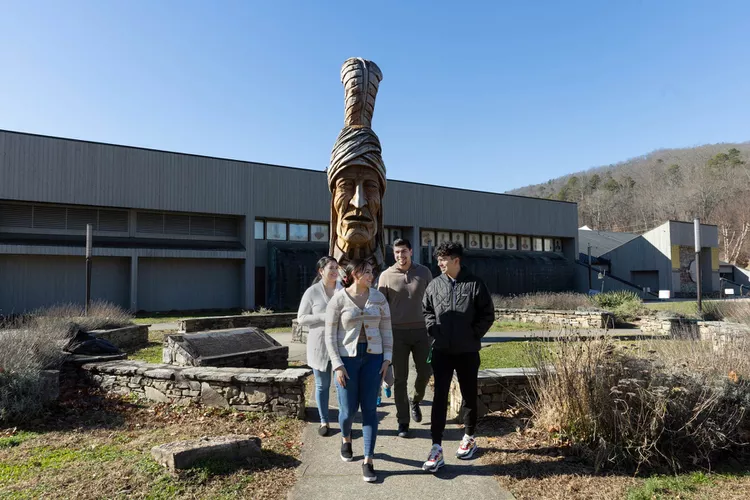Summary
Oklahoma’s Indigenous Celebrations

Oklahoma is notable for its vibrant Indigenous culture, with the highest percentage of American Indian and Alaska Native residents in the nation. This November, the Oklahoma History Center is screening the film “Choctaw Code Talkers” on November 12, showcasing the pivotal role of Native language in wartime communication.
Throughout the month, the Chickasaw Cultural Center will host various events, including demonstrations of traditional stomp dancing. The Philbrook Museum of Art will present an exhibit titled “It’s Corn!” highlighting the significance of corn in Indigenous culture. Additionally, the stunning Chickasaw National Recreation Area offers a glimpse into the region’s history.
North Carolina’s Cultural Events

North Carolina proudly features the largest American Indian population east of the Mississippi River, with eight recognized tribes. During November, numerous events take place, including the American Indian Heritage Celebration in Raleigh on November 9, showcasing traditional music, dance, and art.
Notably, visitors can explore Cherokee culture by touring the Museum of the Cherokee Indian and the Oconaluftee Indian Village. The community is also home to skilled artisans offering handmade crafts at the Qualla Arts & Crafts Mutual. For those excited about outdoor adventures, the Quanassee Path provides two miles of scenic walks enriched with Indigenous stories and sites.
Rich Indigenous Heritage in New Mexico

New Mexico stands out with 23 pueblos, tribes, and nations, each reflecting over 1,000 years of Native American culture. Among its treasures, Acoma Sky City represents the oldest continuously inhabited settlement on the continent. Here, guided tours provide insights into the ancient pueblo that sits atop a mesa.
Visitors can also discover Taos Pueblo, a designated UNESCO World Heritage Site showcasing unchanged architecture from centuries past. Additionally, the Gila Cliff Dwellings and Chaco Culture National Historical Park present remarkable archaeological sites that highlight the ingenuity of the Ancestral Puebloan people. The Crownpoint Navajo Rug Auction is another crucial cultural event, offering authentic hand-woven Navajo rugs and supporting local artisans.
Exploring Alaska’s Native Cultures

Alaska leads the nation in Indigenous population, comprising 22% of its residents. To educate and immerse travelers in Alaska Native cultures, the Alaska Travel Industry Association has developed the first Alaska Native Culture Guide.
This comprehensive guide aims to equip travelers with knowledge about local Indigenous cultures, featuring traditional stories, regional tribe maps, and common etiquette practices. Understanding and respecting Alaska Native values enhances the visitor experience, encouraging a deeper appreciation of the cultural heritage throughout the state.





